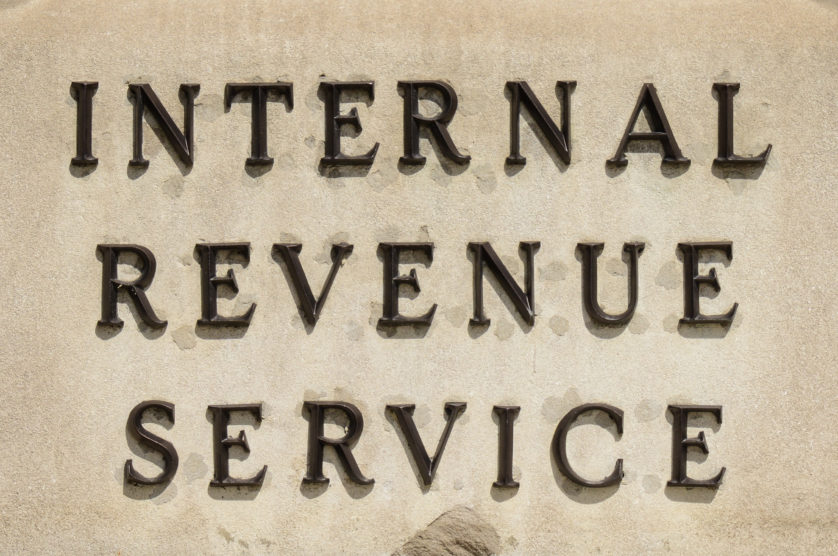1031 Exchange
By
admin
What is a 1031 Exchange?
This is a follow up blog on our recent CLE class provided in New York last week.
In a standard 1031 exchange, a taxpayer defers capital gains taxes by exchanging property (“relinquished”) for like-kind property of equal or greater value (“replacement”) and reinvesting all of the net proceeds. While the replacement property doesn’t have to close escrow until 180 days after the sale of the relinquished property, the replacement property itself must be identified within 45 days after the sale closes.
Why is this important for Realtors?
It is important to help your clients become savvy investors, and know when to point your clients in the right direction for professional tax and legal advice. Your client, in the right circumstances may be able to defer capital gains taxes temporarily, or potentially for their entire lives, leaving their heirs tax-free properties with stepped-up bases.
How does a 1031 work?
In an exchange, the IRS will automatically assume that a sale and purchase of similar investment properties on the same tax return was intended by the taxpayer as a reinvestment of real estate debt and equity meant to defer the taxes payable for capital gains (or losses).
Rules, rules and more rules:
- The property must be “held for productive use in a trade or business or for investment.” Primary residences, sponsor-developed condominium apartments, and most second homes do NOT qualify. When auditing a 1031 exchange, the IRS will examine how long the taxpayer owned (held) the property, and what the intended and actual use of the property was prior to the sale.
- The property sold (relinquished) and the property purchased (replaced) must be “like-kind.” With real estate, the definition of what properties are like-kind is quite broad. Basically, all real property and cooperative apartments located within the United States are like-kind to each other. All such property located outside the United States is also like-kind to each other. An apartment building in Michigan is like-kind to a ski lodge in Aspen. A single-family house in Pennsylvania is like-kind to a coop apartment in Manhattan. A restaurant in Madrid is like-kind to a condo apartment in London.
- The replacement property must be “held for productive use in a trade or business or for investment.” It seems impossible that the IRS could make a determination of an investor’s planned intent on a property’s use, but the important thing to remember is that an audit of the transfer may occur years after the actual exchange has taken place. If the replacement property shows up as sold on the next year’s tax return with a claimed primary residence tax exclusion, then the auditor may decide that the replacement property was not qualified for an exchange, the entire 1031 will likely collapse, and the taxpayer will be charged penalties and interest on top of unpaid capital gains taxes.
- At the sale closing of the relinquished property, the taxpayer cannot receive or control the exchange funds in any way. Instead, all proceeds that would normally go the seller at closing must be given directly to a Qualified Intermediary (QI) who has entered into an exchange agreement with the taxpayer.
- Within 45 calendar days of the closing, potential replacement properties must be properly identified by the taxpayer using one of three rules:
- 3 Property Rule – The taxpayer identifies any three like-kind properties;
- 200% Rule – If more than three properties identified, then the aggregate fair market value of those properties cannot exceed 200% of the aggregate fair market value of the relinquished property; OR
- 95% Rule – If more than 3 properties are identified AND the aggregate of all properties is greater than 200%, then the taxpayer has to purchase 95% (substantially all) of the properties identified.
- Within 180 calendar days of the closing, the replacement property (or properties) must be purchased.
- The seller of the relinquished property and the purchaser of the replacement property must have common ownership. A way to remember this rule is that both parties should have the same tax ID number, so that the sale and the purchase can appear on the same tax return.
Even if all of the above rules are met, it is unfortunately possible to create a situation in which the 1031 exchange is allowed but only part of the capital gains taxes are deferred. Some taxpayers plan for this result because they need a portion of the proceeds and are willing to pay the corresponding taxes on that amount. However, most taxpayers enter into 1031 exchanges in order to fully defer capital gains taxes on their investments.
In order to fully defer capital gains taxes that would otherwise be recognized by the IRS, the following rules must be followed:
- The replacement property must be of equal or greater value to the relinquished property;
- All of the seller’s proceeds from the relinquished property must be reinvested into purchase of the replacement property; AND
- The taxpayer must obtain the same or more financing on the replacement property as was paid off on the relinquished property (if any).
Remember, it is always a good idea to select a title company with experience, especially when it comes to closing complex commercial transactions such as those involving a 1031 exchange. We are experts in this area and are readily available to help you. Have a question? Give us a call!
*World Wide Land Transfer does not provide legal or tax advice. Always consult with your attorney or tax adviser.

Leave a Reply